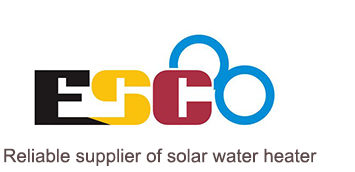Drain a solar water heater, Is to clean the solar water heater, usually in the solar water heater is not hot enough, need to troubleshoot the solar water heater, the general measures are to clean the vacuum tube, develop the habit of regularly processing solar water heater water, can increase the service life of the water heater, the leakage of the pressure relief valve may be gas If the brake is damaged, repair service is required. Some solar water tank discharge guides are provided below.
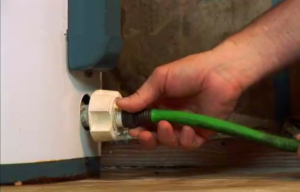
How to Drain a Water Heater
Once a year, the water heater can remove sediment from the tank, but a small amount of sediment deposited at the bottom of the tank is not a big problem, but they can start to accumulate over time. This will make it work harder and cost more.
- First turn off the water heater’s power or gas.
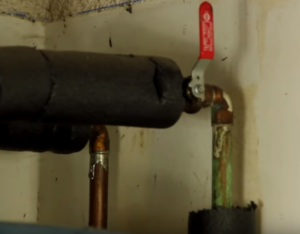
- Next, close the cold water supply valve and let the water flow into the heater.
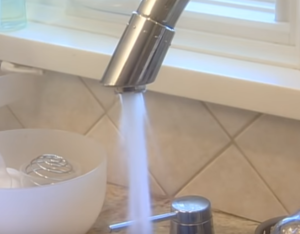
- Hook the garden hose to the drain valve at the bottom of the tank and run it out of the ground.
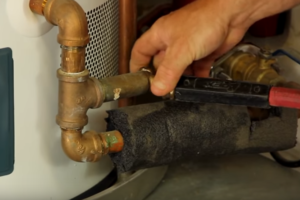
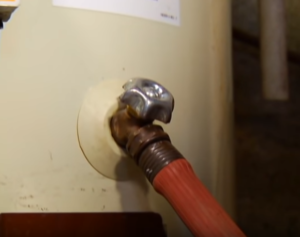
- Open the drain valve where the hose is located.
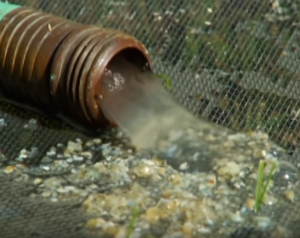
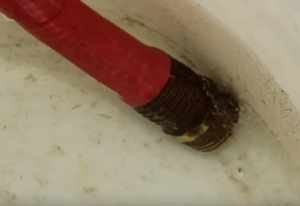
- Drainage time
- Pull up the pressure relief valve at the top of the tank.
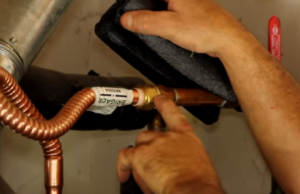
- Let the water out of the tank.
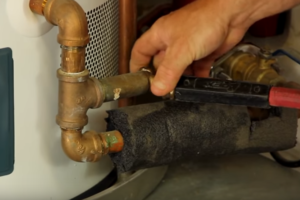
- When the tank is empty, open the cold water valve for a few minutes to flush out the last remaining sediment.
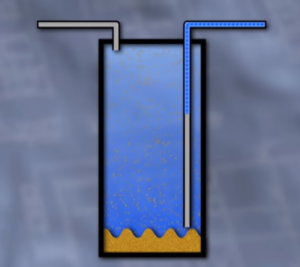
- Close drain and relief valves to refill the tank.
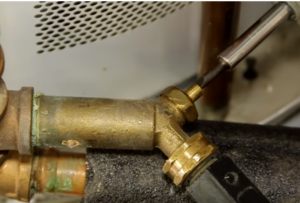
- Rinse and repeat
- If it’s gas, put the pilot on the heater and turn it on.
- If it is electric, turn the circuit breaker over to restore the power supply of the water heater.
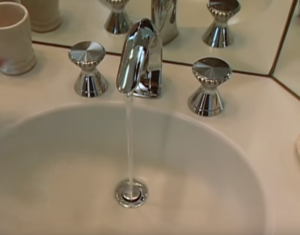
Our solar water heater product list
Stainless steel low pressure solar water heater Evacuated tube solar water heater

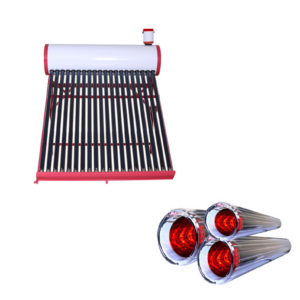
Glass Tubes Solar Water Heater Flat plate solar water heater
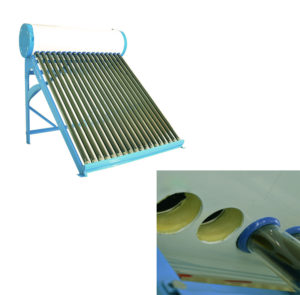
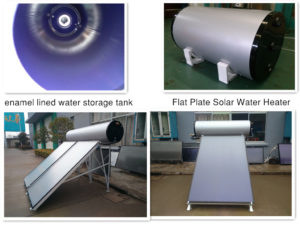
Electric storage water heater Heat Pipe Collector Solar Water Heater
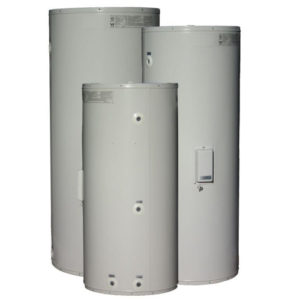
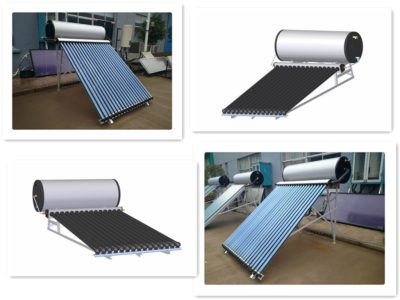
Split type solar water heating system porcelain enamel lined storage tank
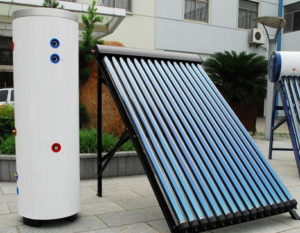
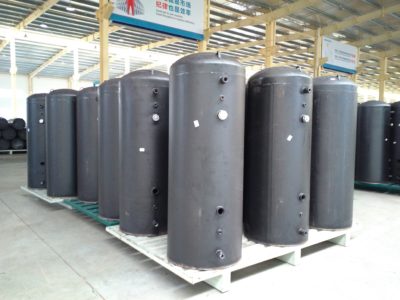
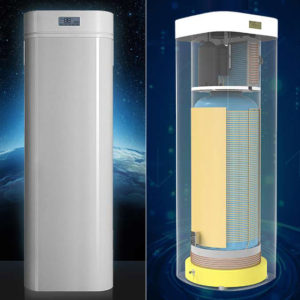
Here are some youtube video guides for solar drainage
Why should we drain the water from the solar water heater?
Two major factors affecting the performance of properly sited and installed solar water heating systems include scaling (in liquid or hydronic-based systems) and corrosion (in hydronic and air systems).
Easy to scale
Domestic water that is high in mineral content (or “hard water”) may cause the buildup or scaling of mineral (calcium) deposits in hydronic solar heating systems. Scale buildup reduces system performance in a number of ways. If your system uses water as the heat-transfer fluid, scaling can occur in the collector, distribution piping, and heat exchanger.
In systems that use other types of heat-transfer fluids (such as glycol, an anti-freeze), scaling can occur on the surface of the heat exchanger that transfers heat from the solar collector to the domestic water. Scaling may also cause valve and pump failures on the potable water loop.
You can avoid scaling by using water softeners or by circulating a mild acidic solution (such as vinegar) through the collector or domestic hot water loop every 3–5 years, or as necessary depending on water conditions.
You may need to carefully clean heat exchanger surfaces with medium-grain sandpaper. A “wrap-around” external heat exchanger is an alternative to a heat exchanger located inside a storage tank.
Corroded
Most well-designed solar systems experience minimal corrosion. When they do, it is usually galvanic corrosion, an electrolytic process caused by two dissimilar metals coming into contact with each other. One metal has a stronger positive electrical charge and pulls electrons from the other, causing one of the metals to corrode.
The heat-transfer fluid in some solar energy systems sometimes provides the bridge over which this exchange of electrons occurs. Oxygen entering into an open loop hydronic solar system will cause rust in any iron or steel component.
Such systems should have copper, bronze, brass, stainless steel, plastic, rubber components in the plumbing loop, and plastic or glass lined storage tanks.
Sixteen steps drain
- Turn off the water supply
turned off the cold water supply valve at the top of the water heater. - Turn off the water heater
for a gas water heater, turn the thermostat to the “pilot” setting.
for an electric water heater, turn off the electricity at the breaker box.
note: electric water heaters must be turned completely off during flushing. exposed heating elements can quickly burn out if the water level in the tank drops below the level of the hot elements.
most electric water heaters are wired directly to their own circuit breaker. find the water heater’s breaker switch in the main electrical panel. - Attach the hose to drain valve
near the bottom of the tank, locate the tank drain valve and attach a standard garden hose to the drain valve. be aware that some models may have a cover over the valve opening. place the other end of the hose in a floor drain or on a driveway where it can drain safely. if necessary, buckets can be used, but be careful not to be burned by the hot water as you work. - Open the hot water tap
open a hot water tap nearest to the water heater, preferably on the floor above. this alleviates pressure in the system, allowing the water to drain quickly from the tank, much like removing your finger from the top of a drinking straw filled with liquid. - Open drain valve
open the drain valve and allow the water to drain from the tank. again, the water will be hot, so use caution. once all water has drained from the tank, briefly turn the cold water supply on to the tank. this will stir up any remaining sediment. repeat this process until the water runs clear. dave moody has seen some severe cases of sediment build up and says this: “in some cases, sediment may block the opening of the drain valve, limiting the flow of water. if this happens it’s best to call in an expert for assistance.” - Close drain valve, refill tank, turn water heater back on
close the drain valve, remove the hose, and turn on the cold water supply. the tank will begin to fill. go back to the hot water tap opened earlier. once cold water begins to flow from the tap, turn it off. turn the gas valve back on from the pilot position or turn electricity back on to the tank. be sure to check the valve opening once it’s closed to ensure there are no water leaks.
caution: some tanks must be completely full to avoid damage to the gas burner or heating elements. always read and follow all manufacturer’s directions and warnings for your particular water heater.
Solar water heater regular inspection steps
Solar water heating systems require periodic inspections and routine maintenance to keep them operating efficiently. Also, from time to time, components may need repair or replacement. You should also take steps to prevent scaling, corrosion, and freezing.
- Collector glazing and seals
Look for cracks in the collector glazing, and check to see if seals are in good condition. Plastic glazing, if excessively yellowed, may need to be replaced. - Plumbing, ductwork, and wiring connections
Look for fluid leaks at pipe connections. Check duct connections and seals. Ducts should be sealed with a mastic compound. All wiring connections should be tight. - Piping, duct, and wiring insulation
Look for damage or degradation of insulation covering pipes, ducts, and wiring. - Roof Penetrations
Flashing and sealant around roof penetrations should be in good condition. - Support structures
Check all nuts and bolts attaching the collectors to any support structures for tightness. - Pressure relief valve (on liquid solar heating collectors)
Make sure the valve is not stuck open or closed. - Dampers (in solar air heating systems)
If possible, make sure the dampers open and close properly. - Pumps or blowers
Verify that distribution pumps or blowers (fans) are operating. Listen to see if they come on when the sun is shining on the collectors after mid-morning. If you can’t hear a pump or blower operating, then either the controller has malfunctioned or the pump or blower has. - Heat transfer fluids
Antifreeze solutions in liquid (hydronic) solar heating collectors need to be replaced periodically. It’s a task best left to a qualified technician. If water with a high mineral content (i.e., hard water) is circulated in the collectors, the mineral buildup in the piping may need to be removed by adding a de-scaling or mild acidic solution to the water every few years. - Storage systems
Check storage tanks, etc., for cracks, leaks, rust, or other signs of corrosion.
Here is some common sense of solar maintenance.
Leaking
- If you find the water is leaking from the roof (and it is not raining) the most common cause is the leaking temperature and pressure relief valve on the solar heating system. Do not try to repair the T&P valve; replace it with the brand new valve which will have the same characteristics as the faulty one. Or replace the seal.
- The solar panel might be leaking if the piping bursts due to freezing or the excessive pressure within the system. Before you do any repairs or call the technician, isolate the solar panel by turning it off.
Check out the piping fittings, it might leak at the connections and during the thermal expansion. Tighten the loose connections. - Valves can also be the cause of the fluid leaking when the seat deteriorates or if the valve gland nut is loose. Replace the seat washer, tighten the nut or simply replace the whole valve. Freeze protection valve, for example, needs calibration or seal replacement.
Not enough hot water
If you have a problem with the hot water, like not enough or no hot water at all, here are the possible causes of these solar water heaters problems:
- Check for the solar panel orientation to reduce the shading from trees, orient it properly to face south and provide the recommended tilt. Is the panel size sufficient? Clean the dirty glazing. Is the hot water usage excessive?
- Solar water heater problems like not enough hot water available are usually caused by the leaking or stuck check valve. Also, if the solar storage tank has the backup heating element, its thermostat might be set too low or the element is gone.
- To avoid solar panels freeze during the winter time, always provide a slope on the collector so the output end is higher. The proper drainage should solve the problem.
- Did you check for the low system pressure or flow blockage? Check the pressure gauge or flush the system if the flow is blocked.
- If the hot water is not hot enough, your solar water heating system is losing heat. Provide the proper insulation to the storage tank, including the insulation blanket if needed, insulate the pipes, seal the pipe, tank and all the joints.
- If there is not enough hot water in the morning, check are the sensor wires reversed. Connect them properly if they are. Also, check the faulty sensors and controllers, loose connections and shorted sensors. Always use the system schematic, check the wiring, clean and seal exposed areas.
- Problems with the tank will include the insufficient size, high storage tank energy losses, backup heating is not working when solar is not efficient (during the night, cloudy days…)
- Replace the corroded piping, flush mineral deposits to the remove blockage, add insulation if needed, make sure the isolation valves are open.
No hot water
Check out the auxiliary heater or mixing valve, it maybe is broken. If it is an electric heater check is there a power to the heating element or replace the heating element or thermostat if defective.
You may like:
Related Searches: Flat plate solar water heater | Electric storage water heater | Air source water heater
Want to know more?(Solar Water Heater)
Email: [email protected]
WhatsApp:+86 157 2077 3477
Skype :+86 157 2077 3477
